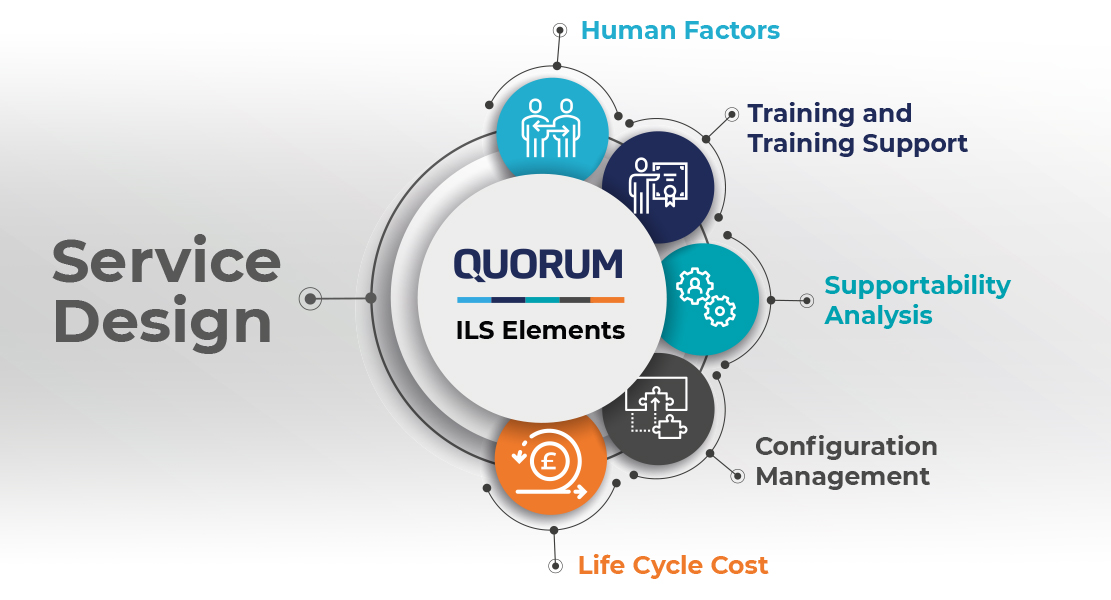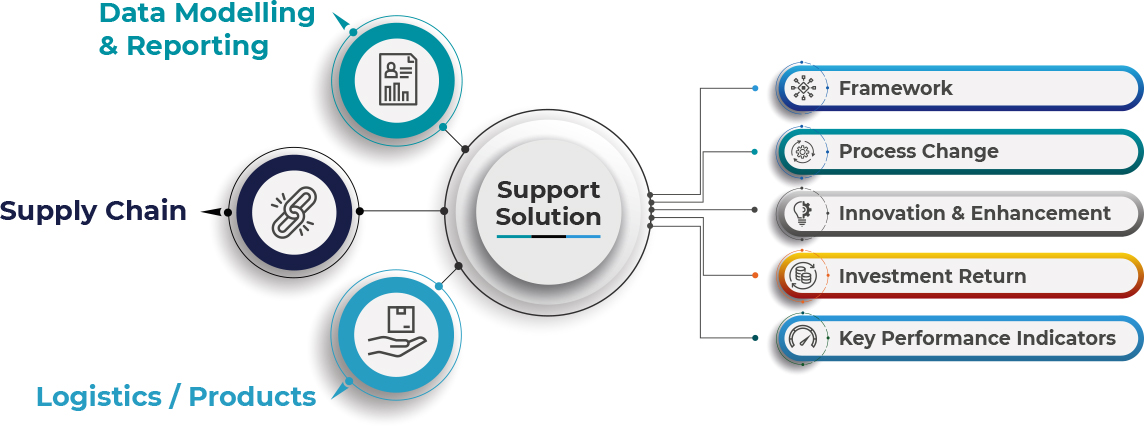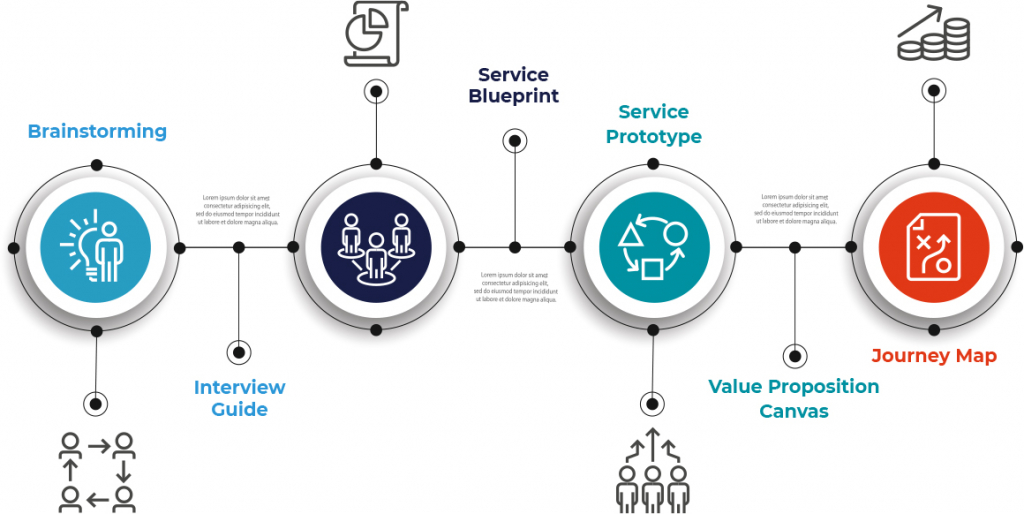Is Service Design the ILS missing link?

What can Service Design do to lift Integrated Logistic Support (ILS) from its sometimes lamented ‘poor relation’ status? In many other industries Service Design, implemented by roles such as the Service Solution Architect (SSA), is driving the delivery of increasingly innovative tactical and strategic objectives.
So, is Service Design, supported by Service Solution roles, the ILS missing link?
Service design - a fresh perspective
Although ILS aims to provide reliable systems, optimised through-life costs and availability throughout the service life cycle, its disciplines can be optimised individually without ensuring they’re optimally integrated. This is because each component of ILS can be analysed and engineered as just that – a component.
Whereas Service Design looks at the bigger picture. So that it potentially offers a fresh perspective on how to connect all the moving parts. Collaborative, human-centric and holistic, Service Design focuses on ensuring value for both the service provider and the service user, throughout its whole lifecycle

The role of the Service Solutions Architect (SSA)
We are already seeing the role of the Service Solution Architect deployed in Defence. The sector appears set to leverage Service Design principles to connect ILS disciplines more effectively. In practice, roles such as Solution and Service Solution Architects help bring together typically complex technical environments with business and end-user needs.
Accordingly, SSAs are in place to immerse themselves in understanding the project’s bigger picture and the ‘real’ world of the end user. They work with clients and stakeholders to clarify the desired end results. This approach ensures all the elements come together to achieve them. SSA’s are there to get everyone ‘onboard’ with what’s required. They’re focused on optimising the project for success across the whole value chain.

A route to enhanced supportability
ILS has a vital role to play in enabling the UK Defence Strategy to deliver the necessary forces and equipment and make sure they are ready to deploy when and where required. This is the MOD’s vision of the Support Advantage.
Embracing Service Design concepts and investing in lynchpin SSA roles can clearly help ILS practitioners play their part in ensuring the UK achieves the Support Advantage. Hence, why continuously improving the ‘integration’ of ILS is so important, especially given the growing expectations of the services and products we need to create today.
Enhancing supportability practices is imperative when you add into the equation all the traditional performance requirements, full life-cycle accountability, environmental sustainability, cost effectiveness, and value for the whole supply chain; at a time when inflation is spiralling upwards.
So yes, we welcome the opportunities Service Design unlocks. For many projects, investing in Service Solution Architects will improve the integration of the ‘whole’.
Service Design thinking could be that missing link and has the potential to raise the perceived value of ILS. It could mean supportability and the role it can play in driving sustainability will stop being the ‘poor relation’..
Quorum’s ILS practitioners are already immersed in the end users’ world. Because we’re here to help our clients uncover better answers to service and product solutions.
“Embracing Service Design concepts and investing in lynchpin SSA roles can clearly help ILS practitioners play their role in ensuring the UK achieves the Support Advantage.”

+44 (0)1952 671950
Your support engineering insights…
Register for the latest news, direct to your mailbox!



